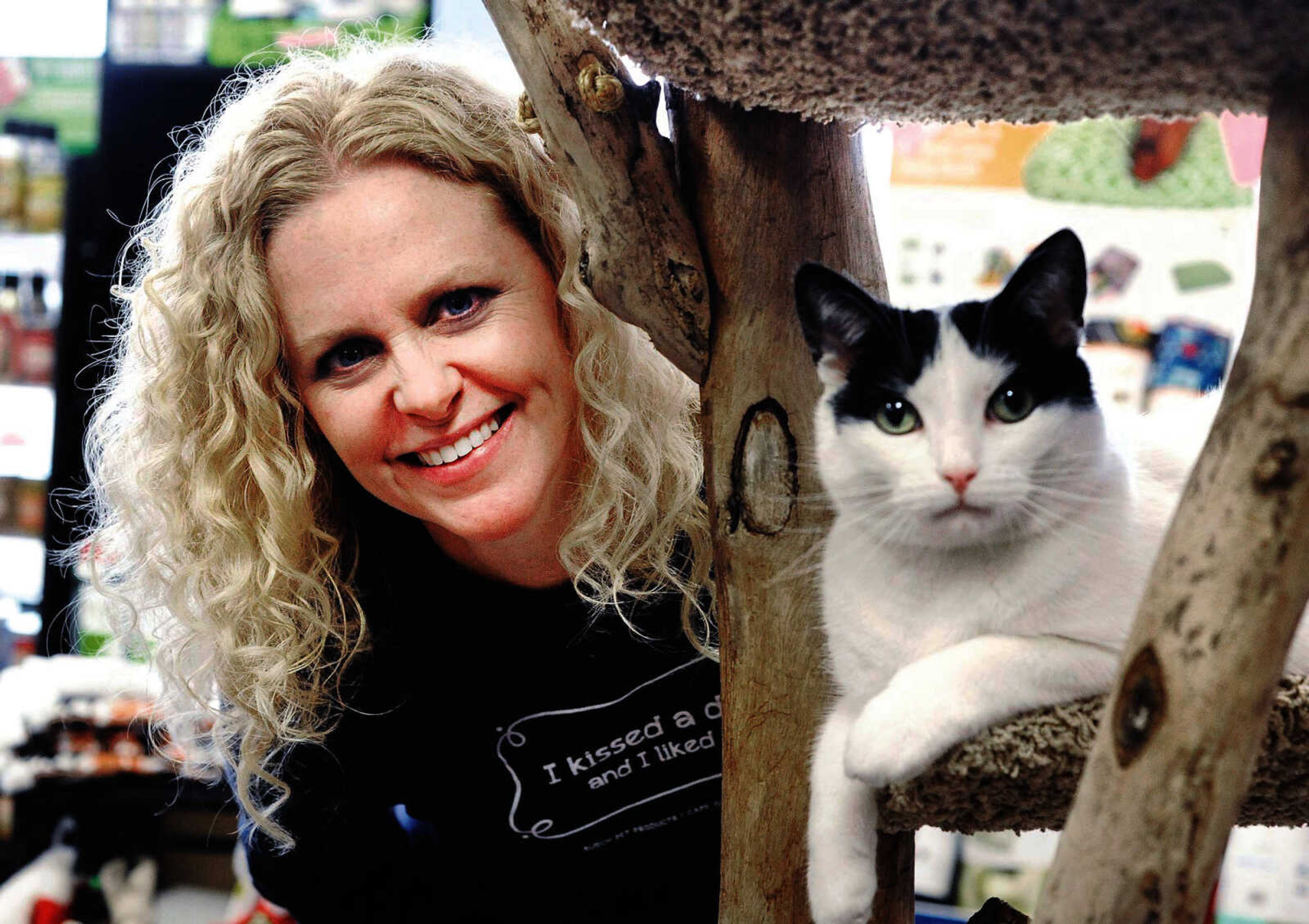Paws & Effect: What you need to know about pet food
The pet food business has evolved into a cut-throat industry over the past dozen or so years. We spent $12 billion on commercial pet foods each year, but what are we (and our pets) getting in return? How can we know they are creating a quality product to feed to our furry family members?...
The pet food business has evolved into a cut-throat industry over the past dozen or so years. We spent $12 billion on commercial pet foods each year, but what are we (and our pets) getting in return? How can we know they are creating a quality product to feed to our furry family members?
Labels are confusing. Ingredients don't make sense. Marketing campaigns tout happy dogs eating good food, but is that really the case? Hopefully this quick (and painless) article will shed a bit of light into the pet food manufacturing industry.
Who is AAFCO?
AAFCO (Association of American Feed Control Officials) is a not-for-profit association that sets standards for both animal feeds and pet foods in the United States. They do not regulate feeds or pet products, and they do not have any means of enforcement, nor do they perform any analytical testing of foods. AAFCO is made up of large-scale dog food suppliers such as Nestle Purina and Hills Pet Nutrition, just to name a few.
The FDA (Food and Drug Administration) is actually responsible for regulating pet foods. The FDA monitors food branding to make certain that labels are not misleading and that the manufacturer is recorded on the label.
Unfortunately, the source of food nutrients is not regulated by AAFCO. Protein can be derived from meat or from cardboard, from human-grade meats or road kill. As long as it's protein, it meets AAFCO nutritional standards. Bioavailability and digestibility of nutrients are not a consideration to them.
Do your research on where these companies source their ingredients.
How to read a label
Just like in any industry, reading labels can be confusing and potentially misleading. For example, you might see something like this on a label of a bag of dry dog food:
Crude protein -- 26%
Crude fat -- 16%
Crude fiber -- 4%
Moisture -- 10%
Crude protein is not how much meat the product contains. It's the percentage sum of all ingredients in the product. The same holds true of fat, fiber and moisture crude contents.
The actual ingredient list itself can be just as confusing. Ingredients in pet food are listed in descending order with the ingredient with the most weight listed first.
While meat should always be the first ingredient, there are subsequent ingredients that can really prove how bad a food might be. Steer clear of words like "meat meal," "meat digest" and "animal by-product meal" which could be anything from beaks and feet to even worse -- dead, dying, diseased or disabled animals. Look for words that say what the actual meat is, like beef, chicken, pork, salmon, duck and rabbit.
Manufacturers further confuse consumers by doing something called ingredient splitting. This usually occurs with less nutritional ingredients such as corn, wheat or soy, which are cheaper to use in the manufacturing process. By ingredient splitting, manufacturers can effectively move these ingredients further down on the list, but these inferior raw materials are still a prominent ingredient in the food.
For example, corn can be divided up into corn, corn gluten, corn gluten meal, corn syrup, corn germ and corn bran. It's possible to have a food with at least 50 percent corn in it when the ingredients are split, even though a good quality meat protein is listed as the first ingredient.
Look for foods with ingredients you recognize, along with the absence of corn, wheat or soy.
What to feed and how?
Today's world is all about convenience, and what's more convenient than scooping out a cup of dry dog or cat food and throwing it in a bowl?
Unfortunately for your pet, dry food is not the best option. Just like humans, our pets are comprised of more than 80 percent water. Dogs and cats need water in their diets, more than just the kind they drink out of a bowl. Their ancestors evolved on fresh food and live prey that was more than 60 percent moisture.
Water plays a vital role in every function of your pet's body, especially digestion. Dry food as a sole diet for your dog or cat can lead to dehydration, UTIs, pancreatitis, skin allergies and even obesity.
What can you do? The simplest and most economical thing to do is add water to your dog or cat's dry food. Dogs will adjust more quickly than cats, but it can be done with cats with some patience. Add a good quality canned food as a topper to your pet's dry food. Or add in canned food as another option in your feeding regimen.
Look into raw or dehydrated formulas. Raw food has more intercellular moisture than any other pet food and these foods are more biologically appropriate than any other food on the market. The newer dehydrated formulas are meant to have water added to them, increasing your pet's water intake and still allowing you to feed a more biologically appropriate diet without the cost.
We want our pets to have the happiest, healthiest lives they can have. Do a bit of research and find the right food for your dog or cat. They will repay you with many happy years as your companion and best friend.
Connect with the Southeast Missourian Newsroom:
For corrections to this story or other insights for the editor, click here. To submit a letter to the editor, click here. To learn about the Southeast Missourian’s AI Policy, click here.










